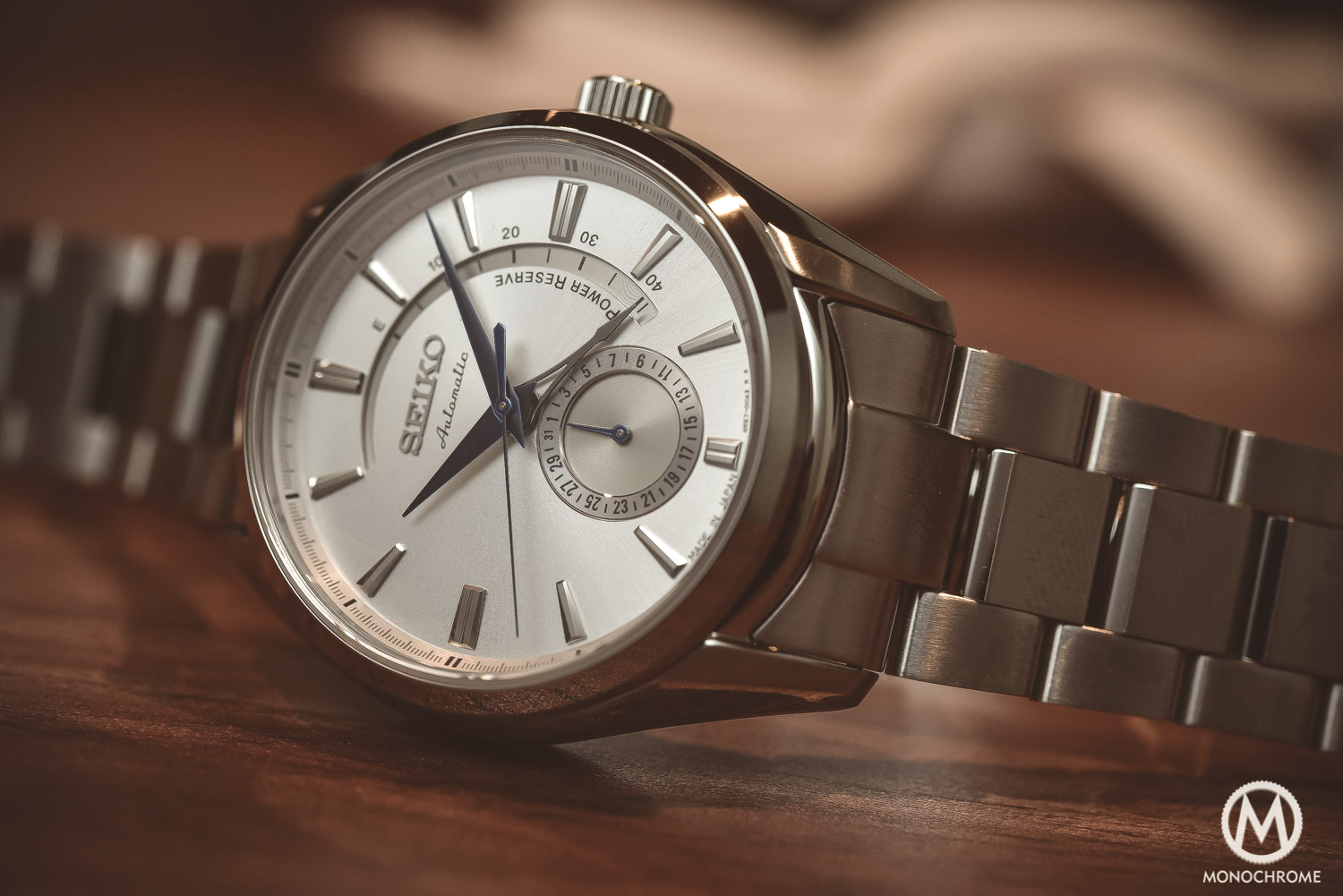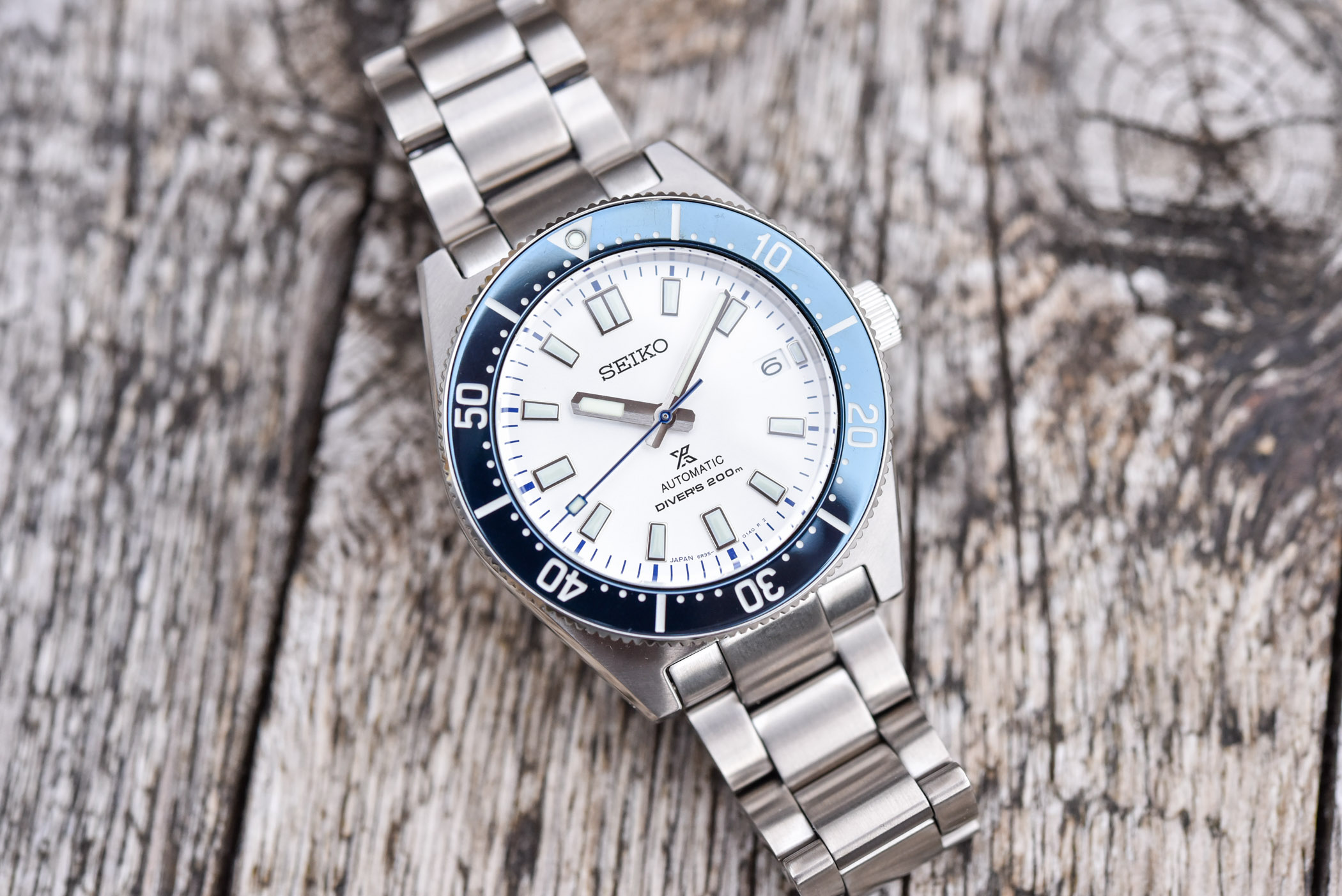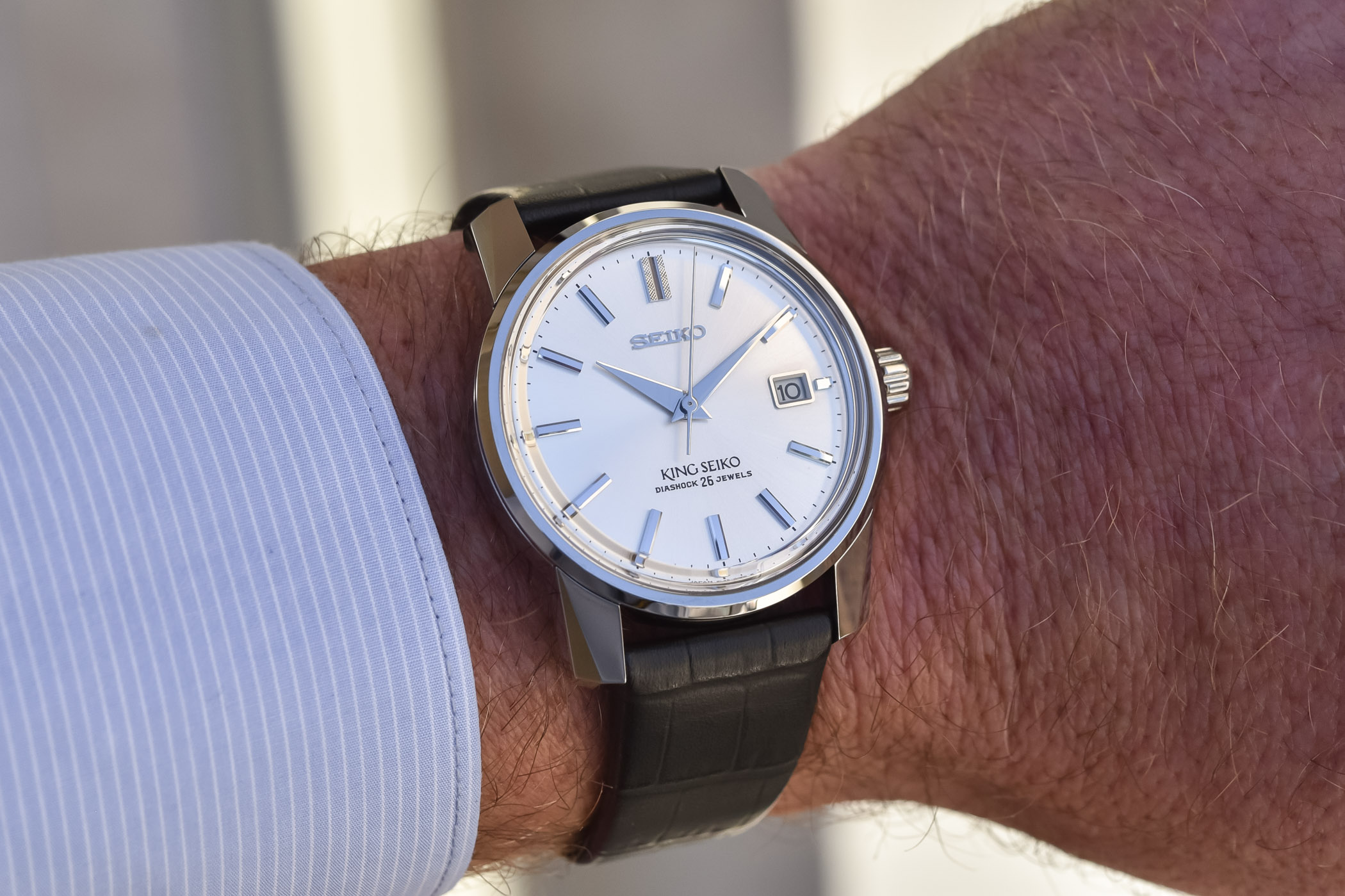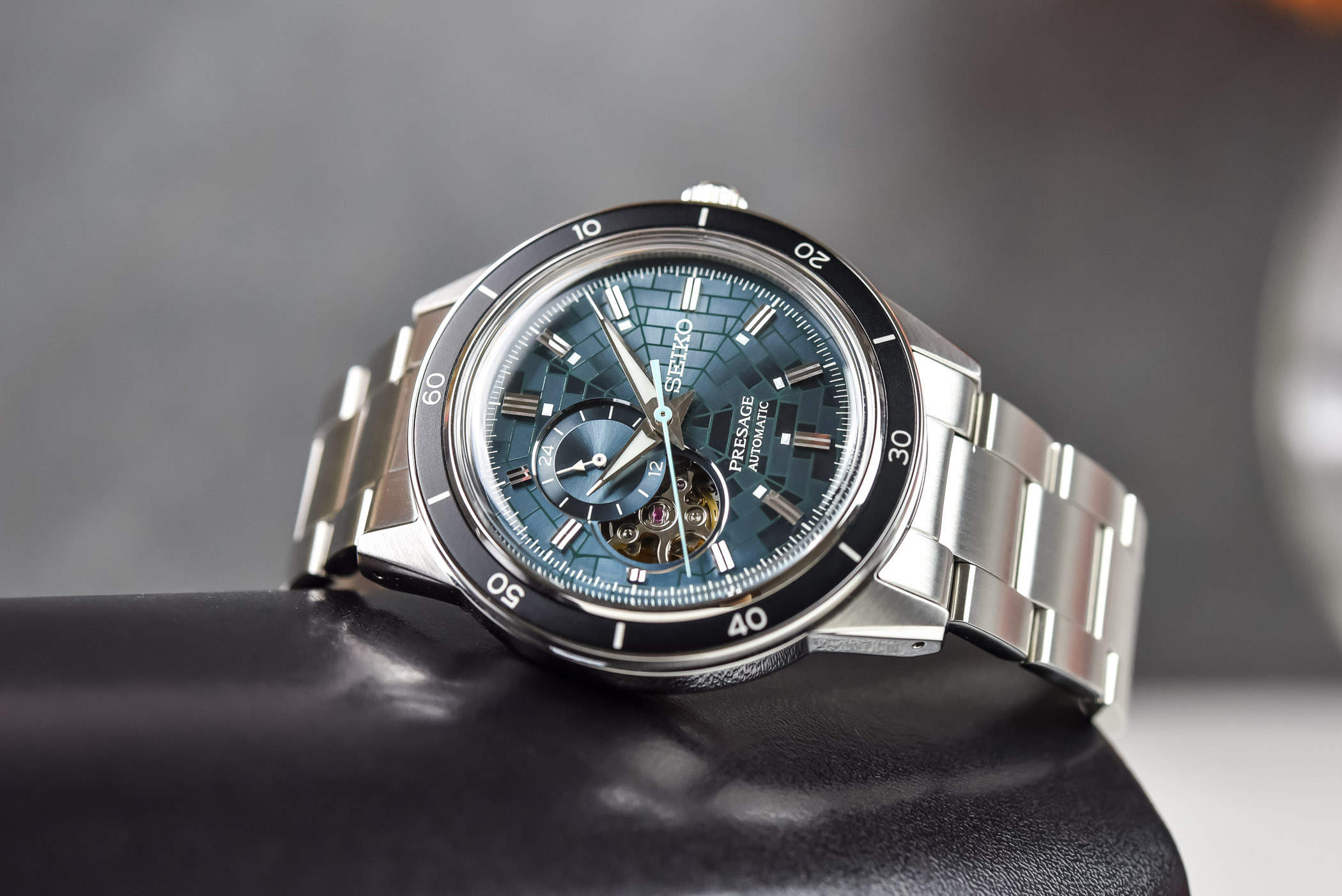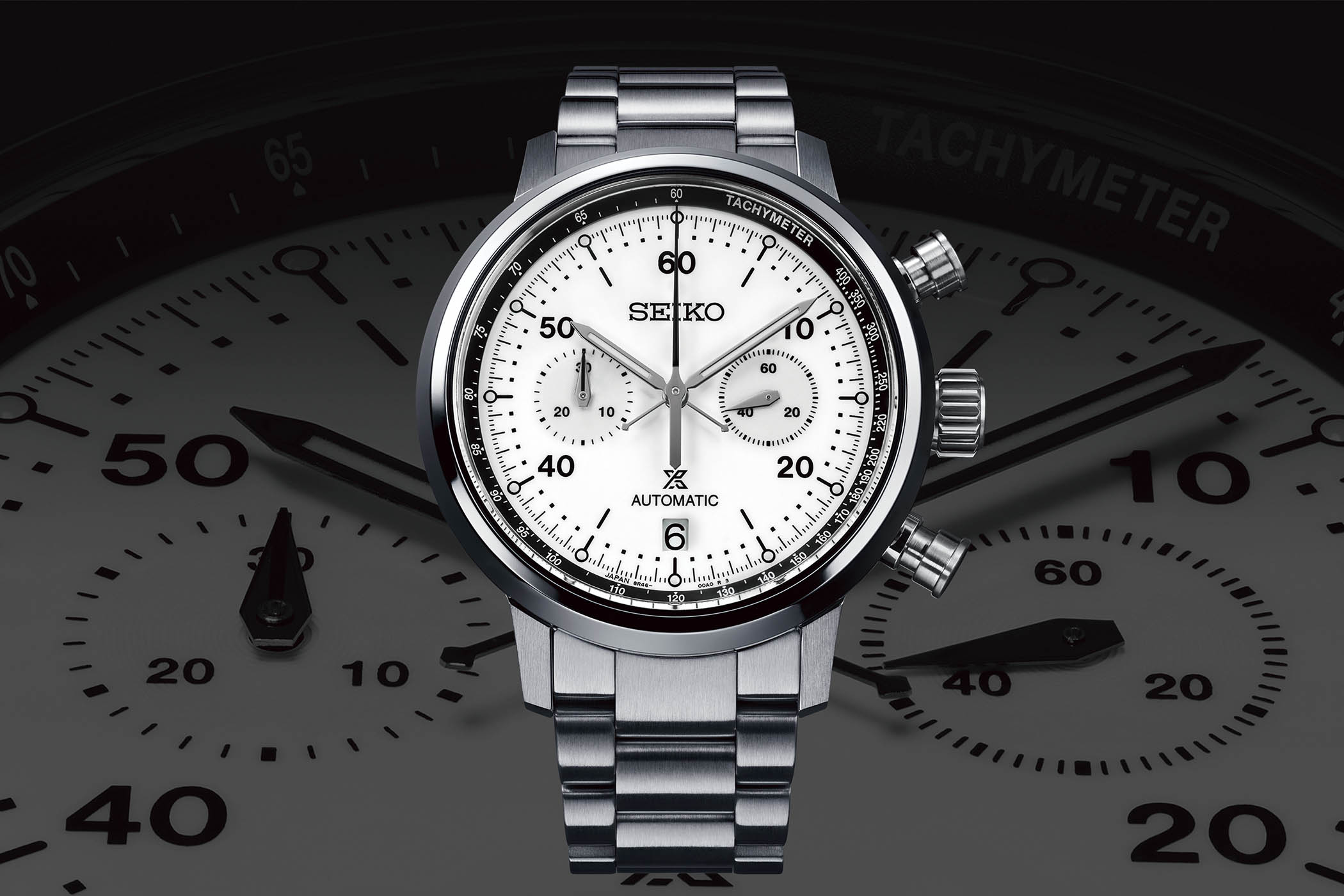Seiko
Japanese Independent Watch Company

Seiko was founded in 1881 by Kintarō Hattori, who opened a watch and jewellery shop, K. Hattori, in Tokyo, Japan. In 1892, he starting manufacturing wall clocks under the brand Seikosha, meaning "House of Exquisite Workmanship." In 1895 he created the Time Keeper, the brand's first pocket watch and in 1913 he produced Japan's first wristwatch, the Laurel. It wasn't until 1924 that "Seiko" first appeared on timepieces and in 1929 a Seiko pocket watch became Japan National Railway's official "Railway Watch". Seiko improved the ruggedness of its movements in 1956 with Diashock, a shock-resistant system that protected the balance-staff pivot from impacts and reduced friction to ensure optimal performance of the balance wheel. As the decades rolled on, Seiko became one of the biggest disrupters in the industry with both technological and mechanical advancements and thrived during the quartz crisis that decimated so many others. Seiko has remained a family-run entity with Shinji Hattori, great-grandson of the founder, as the current CEO.
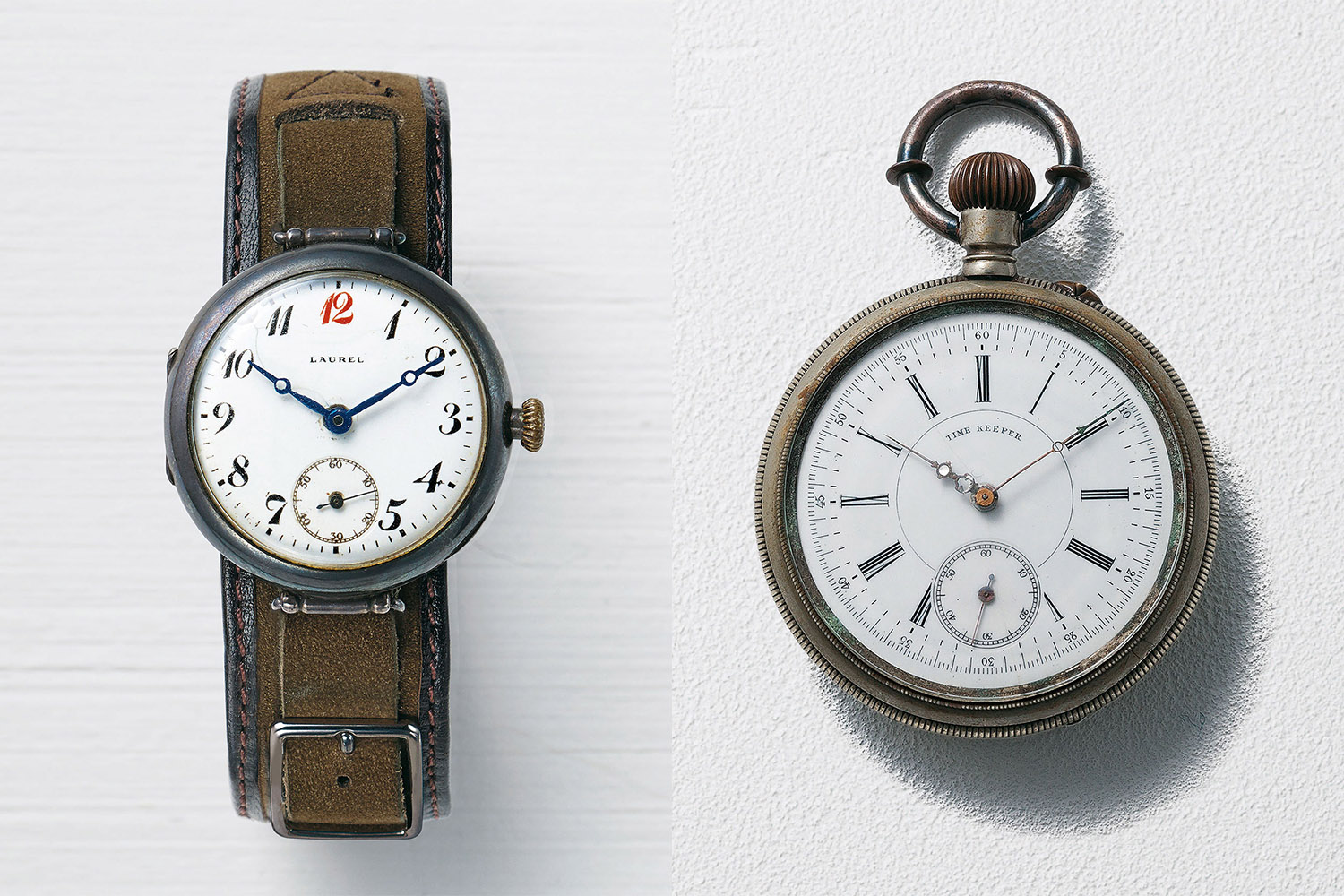
Seiko has delivered more “world firsts” than just about any other brand, and the combination of mechanical advancements and electronic/computer technology truly sets the company apart. While many European brands were competing with grand complications, ultra-thin movements and exotic materials, Seiko’s focus on quartz and digital technology kept it on the cutting edge and consequently helped ignite the quartz crisis of the 1970s and 1980s. In fact, Seiko quite literally invented the quartz watch in 1969 with the Quartz Astron. It was accurate to within five seconds per month (100 times more accurate than mechanical watches of the day) and ran continuously for a full year (250 times longer than most mechanical watches). It was arguably the biggest horological development of the 20th century. One hundred gold watches sold within the first week for USD 1,250 (the price of a medium-sized car at the time). The quartz revolution had begun and it was just a matter of time for prices to drop far below mechanical counterparts. Seiko followed up in 1973 with the first six-digit LCD quartz watch, the first multi-functional digital watch in 1975 and in 1982, the first watch with an integrated TV screen. These technological advancements heralded a new age of horology with a precision, sophistication and computer “magic” that posed the greatest threat to traditional watchmaking, which was devastated for nearly two decades.
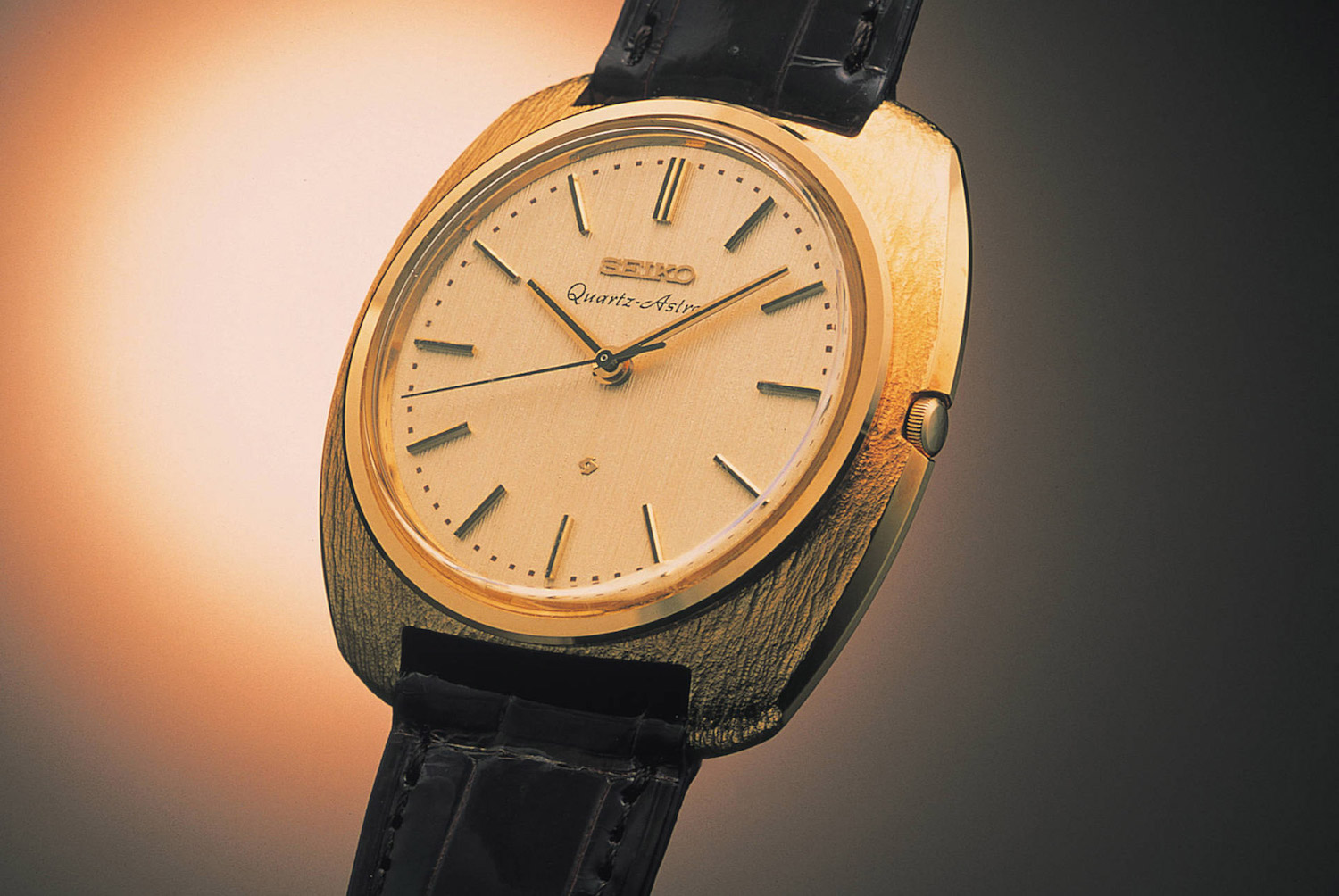
Seiko never forgot its roots and continued to focus on mechanical timepieces as well. In 1960, the brand launched its flagship line, Grand Seiko. The first watch represented the pinnacle of Japanese mechanical watchmaking and was competitive with Swiss and European rivals. The brand earned such a strong reputation that Seiko became the official timekeeper for the Tokyo Olympic Games in 1964 (and again at the Barcelona Olympics in 1992). In 1965, Japan’s first diver’s watch, the 62MAS, was produced with a depth rating of 150 metres and was used by the 8th Japanese Antarctic Research Expedition. In 1969, the cal. 6139 became the world’s first automatic chronograph with both a vertical clutch and column wheel. Quartz technology inevitably began grabbing the spotlight with watches like the first analogue quartz chronograph in 1983, but Seiko has always maintained a strong, innovative and highly competitive mechanical presence.
In 1988, Seiko blended mechanical and quartz movements with the KINETIC line, which used an automatic rotor to generate electricity for the movement (instead of traditionally winding a mainspring). This followed the first solar-powered watch in 1977 and continued Seiko’s quest for a “no battery charge” solution. In 1999 Seiko introduced the Spring Drive, which was the ultimate fusion of mechanical and electronic technology. The movement functioned as a conventional mechanical calibre, but the escapement was replaced with an electronic regulator. It was still powered by a mainspring (like all mechanical watches), eliminating the need for a battery, but the Tri-synchro regulator (with an IC, electronic brake and quartz crystal) precisely regulated the unwinding of the spring, providing an ultra-smooth and silent gliding motion of the seconds hand.
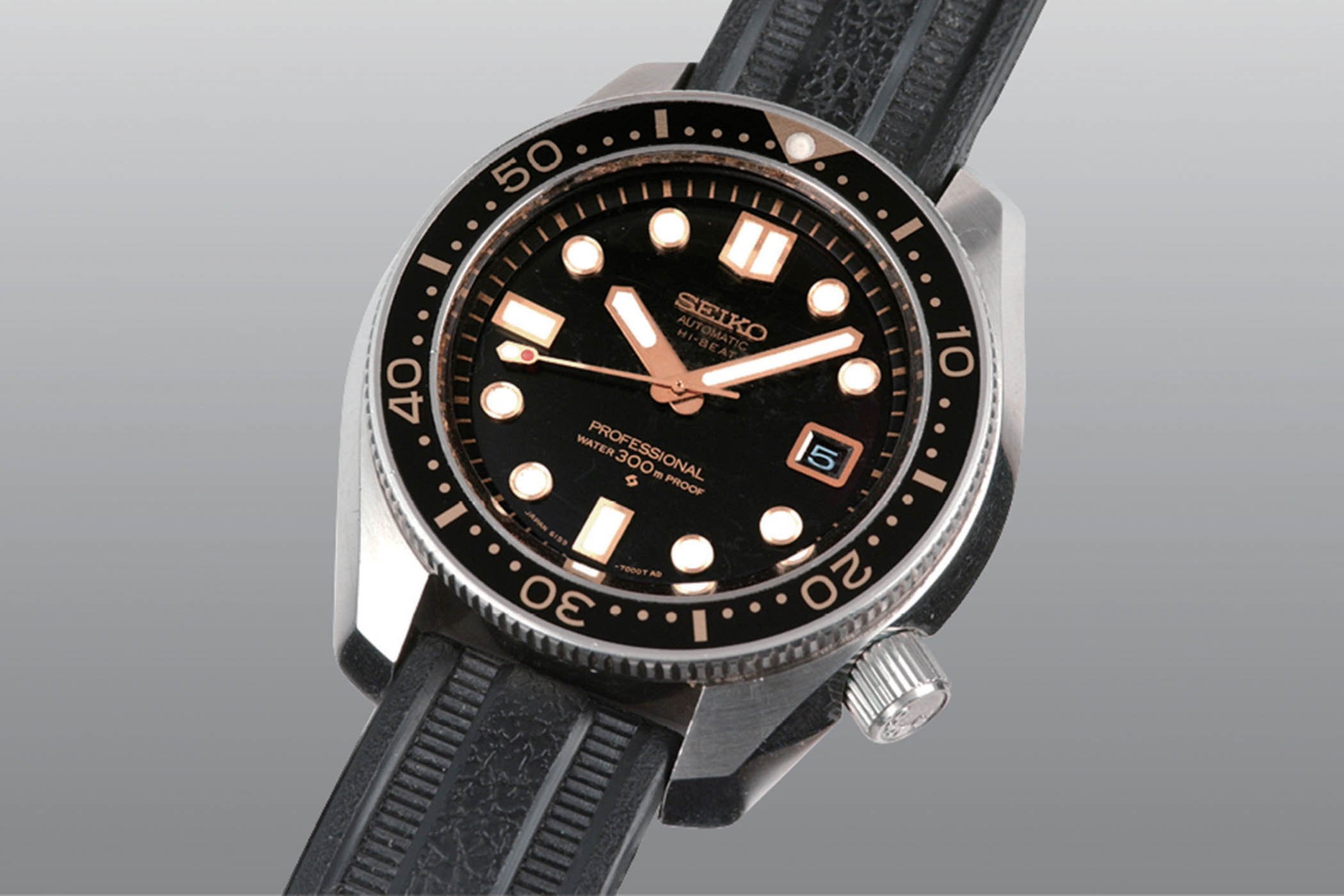
Seiko is well known today for innovative dive watches and the 1968 Ref. 6159-7001 helped establish the brand as a major player. It was the first dive watch with a hi-beat movement of 36,000vph (5Hz) and had a 300-metre depth rating. It has become such an icon that Seiko reissued the watch (slightly modernized) in 2018 with the Prospex Diver 300m Hi-Beat reference SLA025. In 1975, it launched the world’s first professional diver with a titanium case and 600-metre depth rating. Just three years later, it introduced the first saturation dive watch with a quartz movement. Seiko has maintained full in-house production (from scratch) since the 1956 Marvel wristwatch and is a major supplier of movements today. The Seiko NH35A automatic calibre is among the most popular workhorses for both microbrands and established brands with affordable offerings. It’s readily available, easily serviced and affordable with a stellar reputation for reliability and low maintenance. Simpler movements such as the Seiko 7S26 automatic are so cost effective that watches like the brand’s own Seiko 5 SNK809 can sell in the range of USD 100, an extraordinary achievement for a piece with an in-house calibre featuring a day/date complication.
Seiko is among the most formidable watchmakers today. While traditional brands struggled to stay relevant during the quartz crisis, Seiko was launching watches with a TV screen, multi-functional and computer LCD dials, voice recording watches and more, along with innovative mechanical divers and high-end Grand Seikos. Even James Bond wore multiple Seiko watches. The brand’s prowess and ingenuity over the last century have made it one of the most successful watchmakers in history with an astounding portfolio of both mechanical and electronic firsts.

